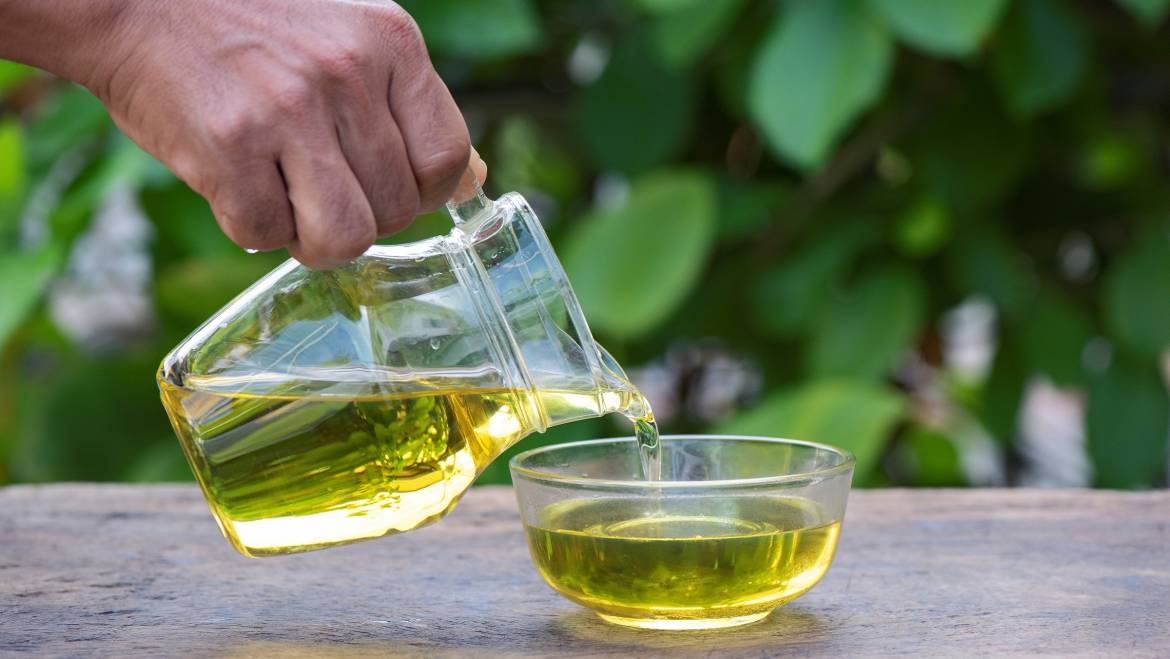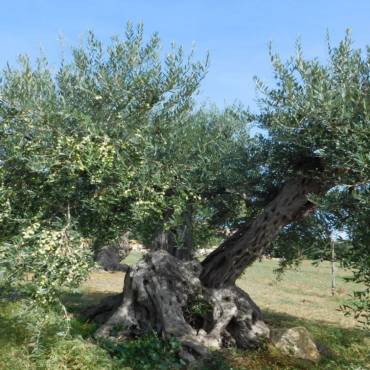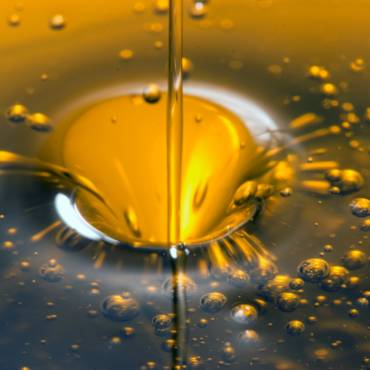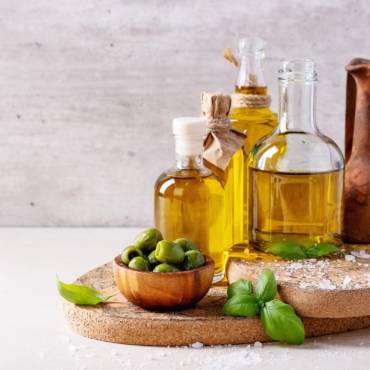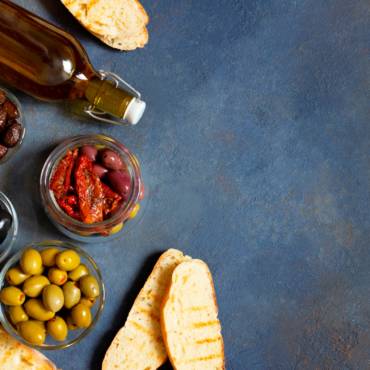We collect olives, strictly by hand, only in our olive groves at the beginning of October, both for having an oil with low acidity and for enhancing the organoleptic characteristics of each cultivar we collect and work separately.
After the harvest, the olives, separated by cultivar, are brought to the mill, strictly in open baskets and then ventilated and are started, within 12 hours of collection, at the processing cycle which consists of:
- in a delicate wash with clean water, following the use of a leaf stripper for the elimination of impurities (leaves, fragments of branches, earth, herbs, small stones, etc.) that would contribute to bringing incongruous odors and flavors;
in the crushing with which the peel, the pulp and the core are reduced into a paste consisting of more or less coarse fragments; - in the kneading which consists of a delicate mixing of the oily paste together with a heating of the dough at a maximum temperature of 27°. A process very similar to that carried out by the kneaders used for bread;
- in the extraction which leads to the definitive separation of the three components of the pasta: a) two components consisting of vegetation water and oil, b) a solid component consisting of the pomace which contains about a residue of 5% of oil;
- in the centrifugation that allows to separate the oil from the vegetation water and from possible fragments of polta and peel;
- in the settling, separated by cultivar, in stainless steel silos which in a time from 1 to 2 months makes the oil less opalescent and which leaves a deposit of mucilaginous substances on the bottom of the silos.
At this point the oil is ready to be packaged, avoiding a filtration that makes the oil more clear and bright but changes its personality.
The packaged oil, if kept away from light and heat sources, can be stored for 24 months and even more, reordering, however, that the oil does not improve as the wine does with aging.

